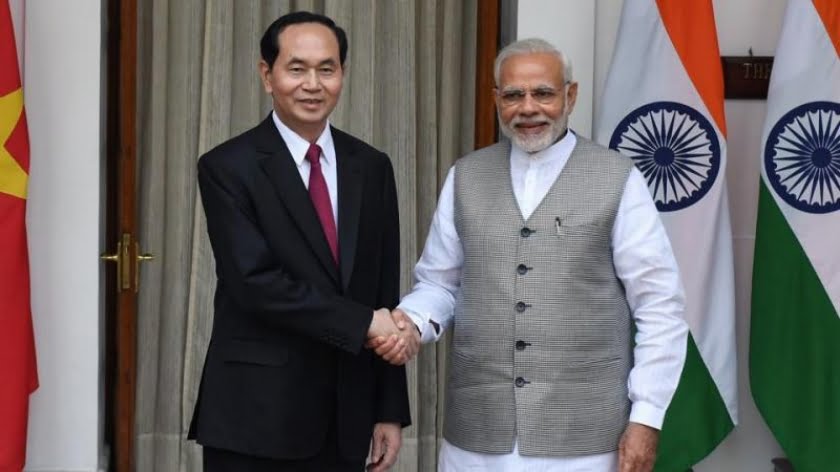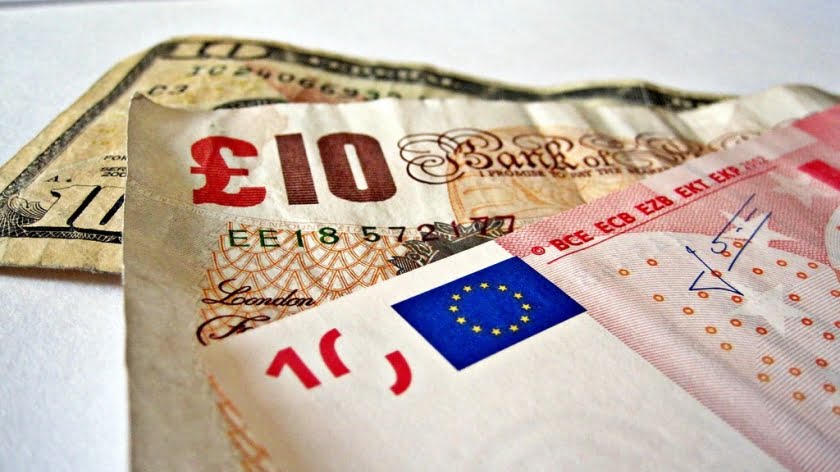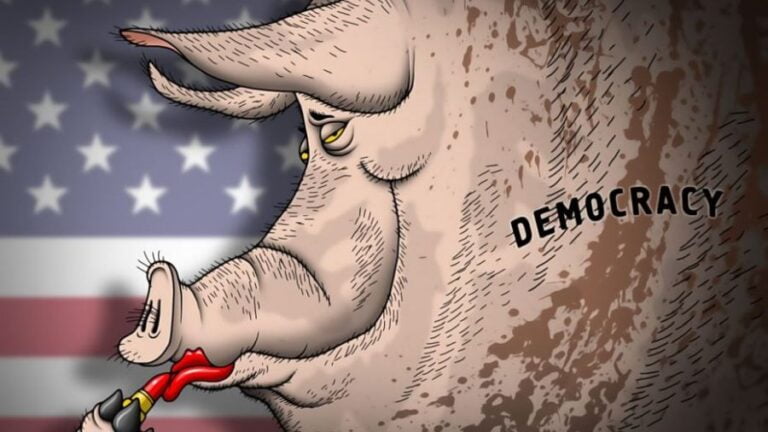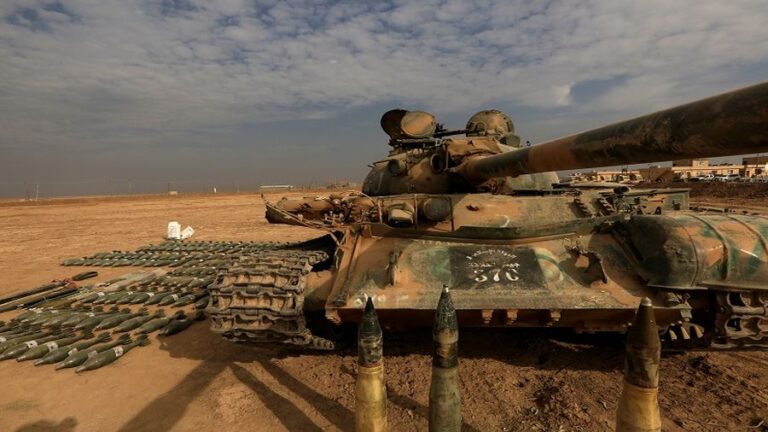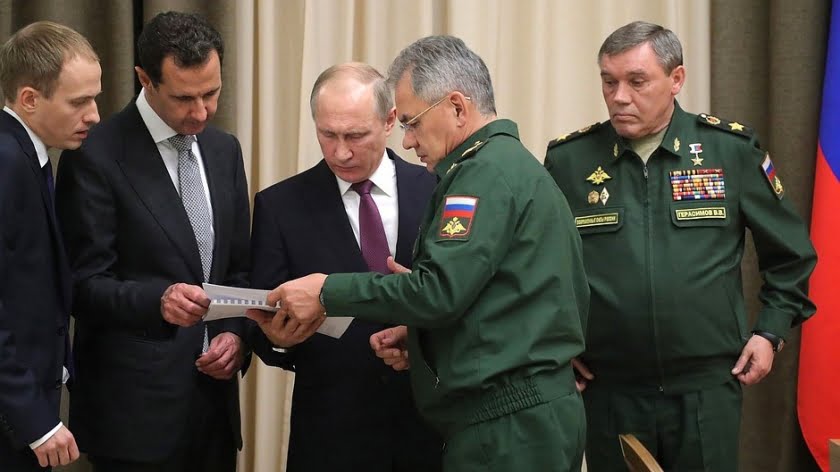India’s Military-Strategic Inroads with Vietnam Pose a Challenge to China
The rapid military-strategic inroads that India’s making with Vietnam should be taken very seriously by China because of the challenge that they pose to its claims over the South China Sea, thus representing yet another geopolitical fault line between the two BRICS and SCO “frenemies” in the New Cold War.
***
One of the most intriguing proxy competitions in the ongoing New Cold War is between BRICS and SCO “frenemies” India and China, though it’s oftentimes too “politically incorrect” to talk about in Alt-Media precisely because of these two Great Powers’ shared institutional memberships and separate strategic partnerships with Russia. Nevertheless, ignoring a trend out of “narrative convenience” doesn’t make it go away, but only makes it all the more newsworthy when it becomes impossible to cover up, as will eventually be the case with this one. There are many dimensions to the Indian-Chinese competition, with India’s anti-Chinese “Indo-Pacific” partnership with the US and China’s support for Pakistan’s position towards the Kashmir Conflict (also due to Beijing’s participation in this dispute via its control over Aksai Chin) being the most well known, but what’s rarely talked about by even the most objective observers is its manifestation in the South China Sea.
Vietnam’s US-backed claims over part of this vast maritime space conflict with China’s, which in turn inspired the Southeast Asian state to increasingly look towards India for assistance in “containing” their mutual neighbor given their shared interests in this respect. Thus far, military-strategic cooperation between the two has been limited, though it might soon develop in a very meaningful way if India exports the Brahmos supersonic missiles that it jointly produced with Russia to Vietnam. No official confirmation of this long-speculated deal has been forthcoming since it was reported that both Great Powers will finally explore the sale of this game-changing munition to third-party states, but the writing appears to be on the wall that this deal might be clinched in the coming future following three recent developments in Indian-Vietnamese relations.
The first two are certainly connected and were timed with one another, and those are the statements given by the Indian Ambassador to Vietnam and the Vietnamese Ambassador to India at the end of last month. The first talked about security cooperation in an extended interview and concluded that “as two important countries of the Indo-Pacific and as two of the fastest growing economies, our relations are destined to play an increasingly important role in the region and in the world”, with it being important to point out how he specifically used the anti-Chinese buzzword “Indo-Pacific”. The second, meanwhile, said in comments given exclusively to the “Times Of India” that China is trying to “transform non-disputed waters into disputed waters”, ominously hinting that Vietnam might even resort to military means to defend its claims there after saying that “We do not exclude any measures in order to protect our legitimate interests.”
It therefore should have been expected that the Vietnamese Ambassador to India announced last week that his country will bring up the South China Sea in its upcoming security dialogue with India later this month, which lends credence to the speculation that the sale of Brahmos missiles might be discussed during that time. That doesn’t necessarily mean that a deal will automatically be reached, but just that progress on one might predictably occur, though the actual signing of such an agreement might be put off in the event that President Xi’s upcoming informal visit to India in two week’s time results in a rapprochement, however short-lived it might ultimately prove to be. In fact, India might even hint at arming Vietnam with Brahmos missiles if China doesn’t back off from its full-fledged support of Pakistan’s stance towards Kashmir, though it’s unclear in that scenario if the People’s Republic would then be pressured to “compromise” or double down on its policy.
In any case, Indian strategists regard their military-strategic outreaches to Vietnam as being a symmetrical response to China’s increasing role in South Asian affairs, with both Great Powers visibly expanding their reach in the other’s proverbial “backyard”. It can be argued that the difference between them, however, is that China’s strategic partnership with Pakistan is decades-old and outwardly focuses on the Belt & Road Initiative‘s (BRI) flagship project of the China-Pakistan Economic Corridor (CPEC) nowadays, while India’s one with Vietnam is relatively recent and prioritizes the military component of “containing” China in response to the “security dilemma” that the aforementioned inadvertently provoked, but also as a show of fealty to its American patron. Looking forward, it’ll be interesting to see how India plays the “Vietnam card” in its relations with China, and whether or not it ever goes through with selling Brahmos missiles to its partner, as that decision would certainly represent a new escalation in theirna sea trans-regional competition and reduce the prospects of a rapprochement.
By Andrew Korybko
Source: One World

